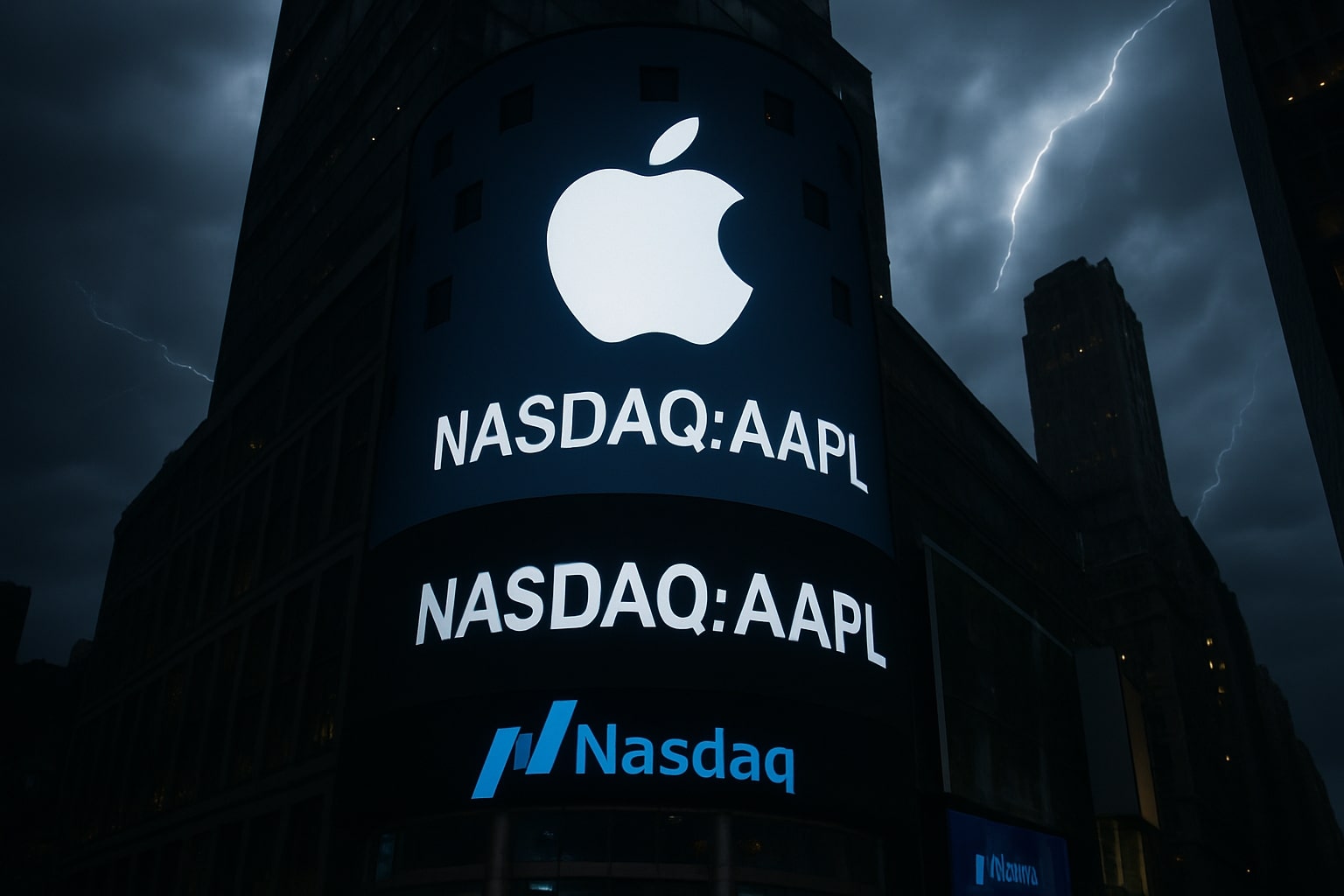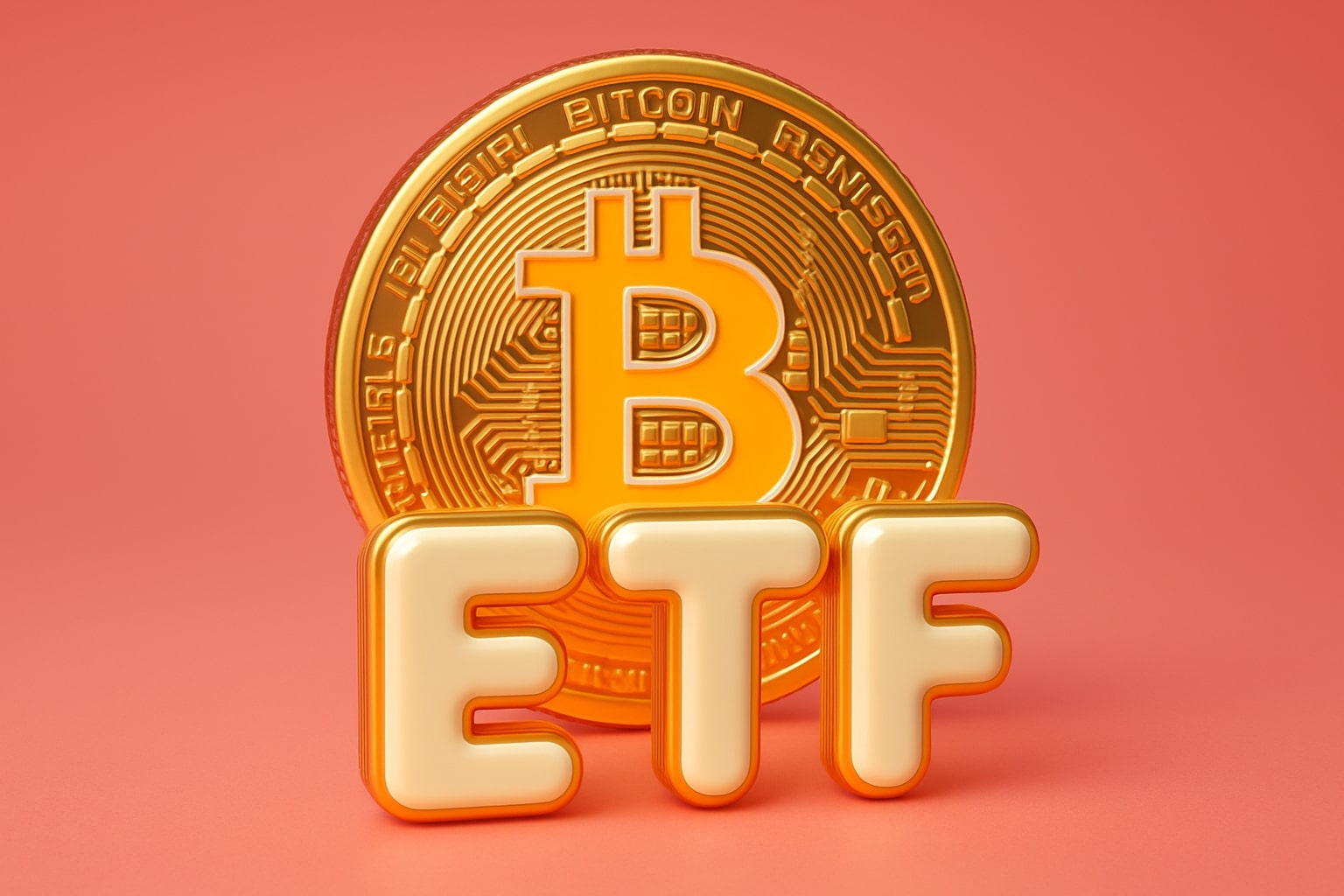
Apple Stock Forecast – NASDAQ:AAPL at $232 Balances iPhone Growth, Services Momentum, and AI Delays
With $3.445T market cap, $99B profit, and $94.9B free cash flow, Apple delivers stability but faces questions on AI execution as analysts eye $300 top target | That's TradingNEWS
NASDAQ:AAPL Stock Analysis – iPhone 17 Launch, Services Growth, and AI Pressure
Apple (NASDAQ:AAPL) Holds $232 With Market Cap Above $3.4 Trillion
Apple Inc. (NASDAQ:AAPL) closed at $232.14, down 0.18% in the latest session, keeping its market cap at $3.445 trillion. Shares have moved between $169.21 and $260.10 in the past 52 weeks, and despite short-term volatility, Apple remains the third largest company by market value, trailing Microsoft and Nvidia. Valuation is rich at 35.2x trailing earnings and 29.1x forward, but steady revenue growth and robust cash flows continue to support investor interest.
Quarterly Earnings Deliver Solid Growth Despite AI Concerns
In the most recent quarter ending June 2025, Apple posted $94.04 billion in revenue, a 9.6% year-over-year increase, with net income reaching $23.43 billion. EPS came in at $1.57, beating consensus by 10.1%. On a trailing twelve-month basis, Apple generated $408.62 billion in revenue and $99.28 billion in net income, with EPS at $6.59. Profit margin stood at 24.3% and operating margin at 29.9%, reflecting the company’s ability to protect profitability even as supply chain costs and CapEx commitments rise.
iPhone Segment Anchors Revenue at $44.6 Billion With China Recovery
The iPhone business remains Apple’s backbone, generating $44.58 billion in Q3 revenue. In China, sales grew 4.35% year-over-year to $15.37 billion, easing concerns after several quarters of weakness in the region. The upcoming iPhone 17 launch is expected to provide another catalyst in Q4 2025, with analysts projecting sales exceeding $100 billion for the holiday quarter alone. This aligns with Apple’s historical pattern where the fiscal first quarter drives peak iPhone volumes.
Services Segment Reaches Record $27.4 Billion, Growing 13% YoY
Apple’s services business continues to deliver record-breaking results, now firmly established as the second-largest revenue driver after iPhones. Services revenue hit $27.4 billion in Q3, up 13% from last year, driven by App Store transactions, cloud services, Apple Music, and TV+. This segment not only carries higher margins but also leverages Apple’s massive installed base of over 2.35 billion active devices, providing recurring and sticky revenue streams that investors prize.
AI Strategy Faces Delays, Market Sees Competitive Weakness
While competitors like Microsoft (NASDAQ:MSFT) and Alphabet (NASDAQ:GOOGL) accelerate AI rollouts, Apple has been slower to execute on its “Apple Intelligence” suite. Siri upgrades were delayed, sparking lawsuits, and the company lost at least six AI experts to Meta Platforms (NASDAQ:META). Reports suggest Apple may lean on Alphabet’s Gemini AI model to bridge gaps, a move that highlights the lack of a proprietary solution. This hesitation risks Apple missing a “next iPhone moment” in AI, putting long-term growth at risk if innovation does not accelerate.
Massive Cash Flow, Rising CapEx, and Balance Sheet Strength
Apple’s operating cash flow reached $108.6 billion over the past year, with levered free cash flow at $94.9 billion. The balance sheet shows $55.4 billion in cash against $101.7 billion in debt, resulting in a net debt position but still leaving Apple highly liquid. Return on equity is exceptionally high at 149.8%, reflecting both profitability and aggressive share buybacks. CapEx commitments, including $100 billion pledged for U.S. manufacturing expansion, are reshaping Apple’s supply chain and may reduce tariff exposure, but they also pressure near-term free cash flow.
Dividends and Buybacks Continue to Support Shareholders
Apple declared a quarterly dividend of $0.26 per share (annualized $1.04), yielding 0.45%. The payout ratio is just 15.3%, leaving significant room for increases. Share buybacks remain the largest form of capital return, steadily reducing shares outstanding from 16.7 billion in 2021 to 15.1 billion in 2025, boosting EPS and shareholder value. Insider activity can be tracked here, with institutions holding 63.7% of shares and insiders just under 2%.
Valuation and Analyst Targets for NASDAQ:AAPL
At $232, Apple trades with a price-to-sales ratio of 8.6 and EV/EBITDA of 24.6, a premium to peers but consistent with its mega-cap status. Analysts’ 1-year price targets range from $175 on the low end to $300 on the high, with consensus at $235, only slightly above the current price. This suggests modest near-term upside unless catalysts like iPhone 17 adoption or AI breakthroughs deliver stronger-than-expected results.
Apple’s Market Role and Correlation Shifts
Apple is no longer the single dominant driver of the S&P 500, as its correlation with the index has fallen to +0.27 over the past year. Instead, its trading pattern has resembled the Russell 2000 with a correlation of +0.66, reflecting a more idiosyncratic performance despite its size. With a $3.445 trillion valuation, Apple remains one of the world’s largest companies, but market leadership has shifted to Nvidia and Microsoft.
Verdict on Apple Stock
Apple at $232 is caught between strong fundamentals in iPhone and Services and lingering doubts over AI competitiveness. With $99 billion in net income, nearly $95 billion in free cash flow, and a loyal global user base, downside risk is limited, but upside hinges on proving it can innovate beyond incremental iPhone cycles. Based on the current data, NASDAQ:AAPL is a Hold, supported by stable cash flows and dividend growth but capped by delayed AI execution and slowing unit growth.
That's TradingNEWS
Read More
-
PPA ETF at $154: Can This Defense ETF Keep Beating ITA and SPY?
14.12.2025 · TradingNEWS ArchiveStocks
-
XRP ETFs XRPI and XRPR Pull In $975M While XRP-USD Fights To Hold $2
14.12.2025 · TradingNEWS ArchiveCrypto
-
Natural Gas Price Forecast: NG=F Hits $4.11 As Warm Winter Outlook Puts $3.913 Support At Risk
14.12.2025 · TradingNEWS ArchiveCommodities
-
USD/JPY Price Forecast - Dollar to Yen Can BoJ’s 0.75% Shock Break The 155–158 Range?
14.12.2025 · TradingNEWS ArchiveForex


















